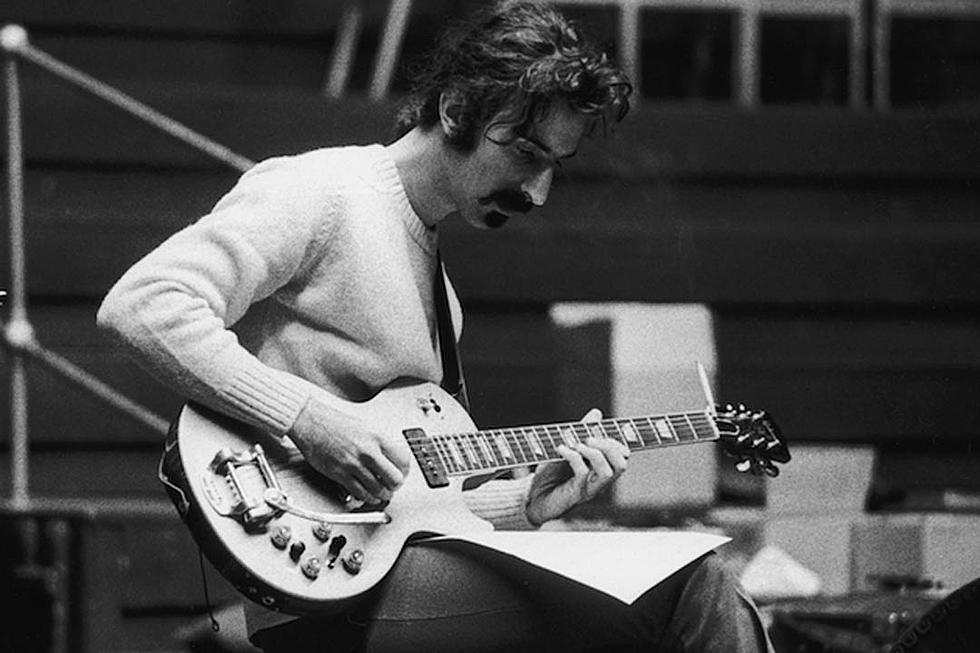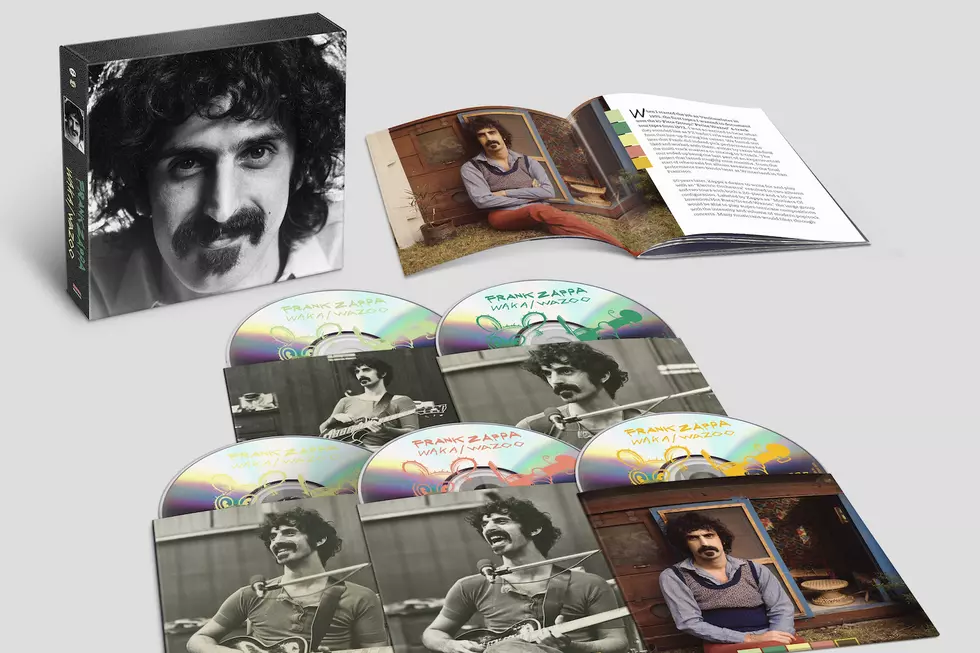
Revisiting Frank Zappa’s Experimental, Genre-Defying ‘Uncle Meat’
By the time the Mothers of Invention's fifth album Uncle Meat arrived on April 21, 1969, it was evident that Frank Zappa was a creative, prolific and adventurous force.
Uncle Meat was the second double album of the Mothers’ brief recording career. Its songs were originally slated for integration into a multimedia project involving a movie by that same name (eventually shelved before evolving into 200 Motels) and a compilation record tentatively titled No Commercial Potential.
But this format-defying endeavor (a precursor to the next decade’s Lather set) was ultimately scrapped, with its material re-purposed for somewhat thematically and musically consistent LPs like Lumpy Gravy, We’re Only in It for the Money and Cruising With Reuben and the Jets. The remaining, still-vast trove of material wound up unloaded within the grooves of Uncle Meat.
As a result, Zappa’s latest mad-scientist invention took the increasingly put-upon, ever-recycling Mothers across broader musical terrain than most artists cover in entire careers. They visited disparate realms like jazz, blues, classical, musique concrete and rock. But unlike previous efforts, these directions were combined almost indiscriminately into Uncle Meat.
In any case, this meant that highly experimental works like "Nine Types of Industrial Pollution," "Zolar Czakl" and "We Can Shoot You" rubbed shoulders with random dialog snippets ("The Voice of Cheese," "Our Bizarre Relationship," "If We’d All Been Living in California … "), live recordings ("God Bless America" played on kazoo, "Louie Louie" ripped from the Royal Albert Hall’s pipe organ, the free-jazz sax skronking "Ian Underwood Whips It Out") and unconventional but decidedly rock-related fare like "Sleeping in a Jar," "A Pound for a Brown on the Bus," "Cruising for Burgers" and the nostalgic doo-wop of "The Air."
Listen to Frank Zappa Perform 'The Uncle Meat Variations'
But that’s not all. Uncle Meat also collected many of Zappa’s signature melodies of the period, such as "The Legend of the Golden Arches" and "Mr. Green Genes," often in numerous permutations and interpretations. Basically, what other artists thought of as studio takes intended to slowly pave the way to a single, definitive arrangement of a song, Zappa saw as variations on a theme. Hence the dual interpretations given by the Mothers to the title song and "Dog Breath," as well as no less than six different workouts through "King Kong" spanning all of side four!
At the end of the day, such outlandish artistic cross-pollination imparted at least one key legacy that Zappa scholars can trace back to Uncle Meat, the official birth of the composer’s “conceptual continuity” philosophy (which entailed identifying multiple, interconnected references sprinkled throughout his body of work — e.g. poodles). This approach would, from then on, see him continually challenging his fans and critics by mixing and matching unrelated musical styles within a single album.
In other words: post-Uncle Meat, Zappa would keep everyone guessing — especially the Mothers of Invention, whose days, as a result of their leader’s exacting demands, were sadly numbered.
Bach and Roll: Frank Zappa Had One of Rock's Best Classical Crossovers
More From KKTX FM










